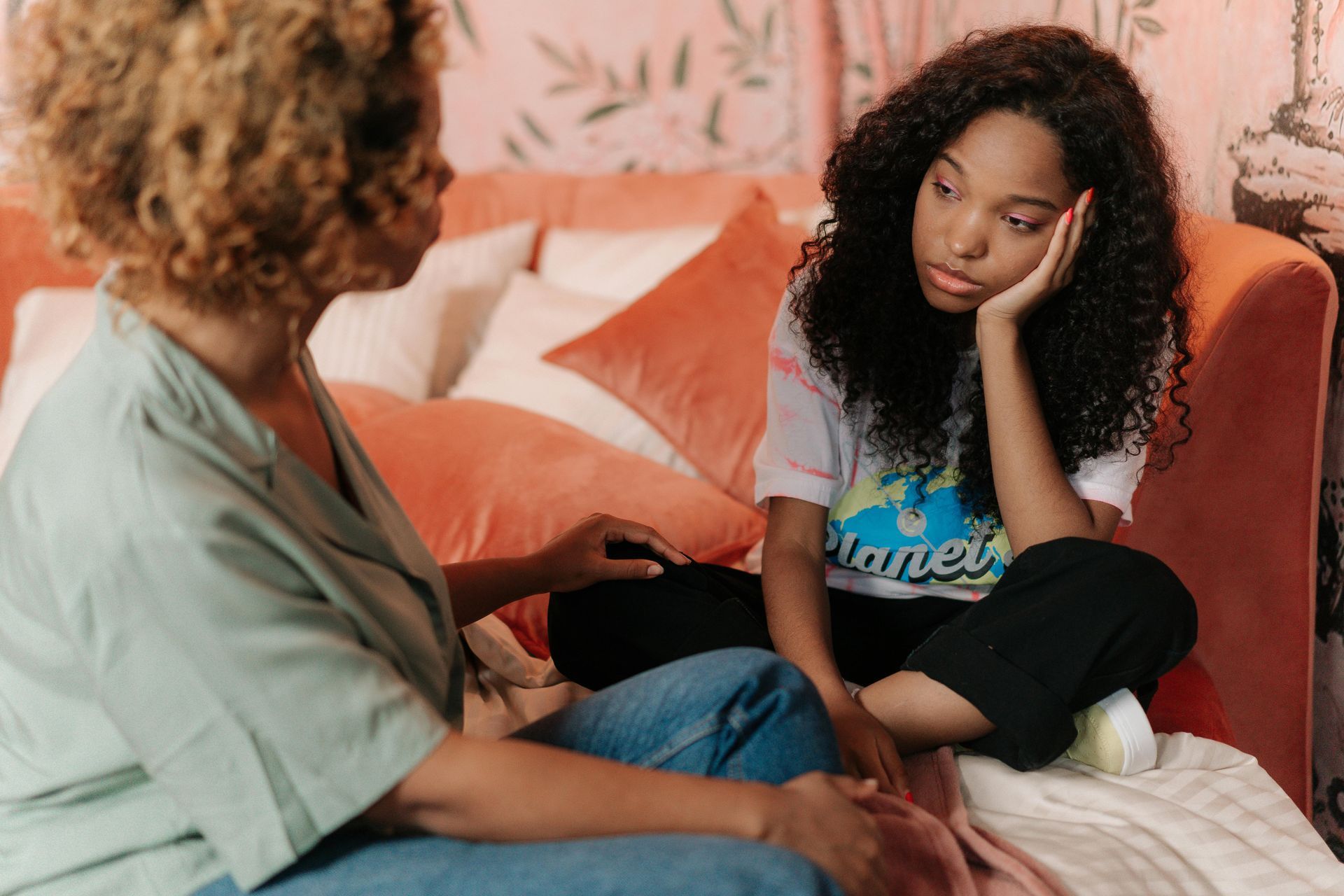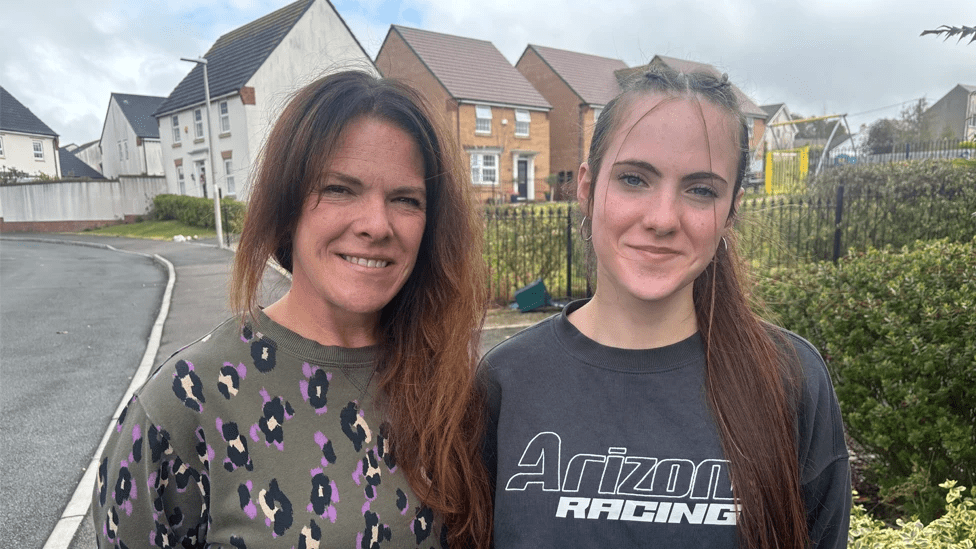
Let our girls be girls
Let Our Girls Be Girls: A Mum’s Journey Through the Pre-Teen Years
Being a mum to a 12-year-old is a rollercoaster of emotions. One minute you’re watching her laugh at silly TikToks, the next she’s slamming her bedroom door because you didn’t let her shave her legs yet.
I’ll admit it: I spoil her. I give in more than I should. I tiptoe around her moods, try to pre-empt the eye rolls and the sighs. Not because I’m weak, but because I remember. I remember being a pre-teen — awkward, unsure, desperate to fit in and not stand out for the wrong reasons.
So when she asks, Can I shave my legs? Dye my hair? Wear a bit of makeup? — my heart tightens. Part of me wants to say no. To protect her from growing up too fast. To keep her grounded in childhood just a little bit longer. But another part remembers the bullying. The whispers. The shame of being “different.” If allowing one small thing — a touch of mascara, smooth legs, a streak of colour — might shield her from even a sliver of that pain, it feels worth it.
She doesn’t always appreciate it. I know that. She doesn’t see the time, the energy, the money spent, not just on things but on trying to understand. She doesn’t see the battles I fight silently — with myself, with my own fears, with the voice that whispers I’m not getting this right.
And yes, her meltdowns, her eye rolls, her cold shoulders hurt. I’m still human. But I also know I’m her safe space. Her soft place to land. Her emotional punching bag — not because she doesn’t love me, but because she knows I’m not going anywhere.
Being a pre-teen today is hard. It’s more complicated than when we were their age. There’s the pressure to look perfect, to act older, to grow up quicker. Social media doesn’t help — it whispers lies about what it means to be accepted, to be liked, to be enough.
So let’s allow our girls to be girls.
Let them play, cry, laugh too loudly, get it wrong, try again. Let them feel. Let them have days when they don’t know who they are — and remind them that’s okay.
The world is tough enough for women. Let’s not rush them into it.
If you’re a mum navigating these years — you’re not alone. We’re all figuring it out, one sigh, one slammed door, one hug at a time. And if you’re giving too much, loving too hard, worrying too often — maybe it’s just because you care deeply.
And maybe that’s exactly what they’ll remember — even if they don’t realise it now.
Share



